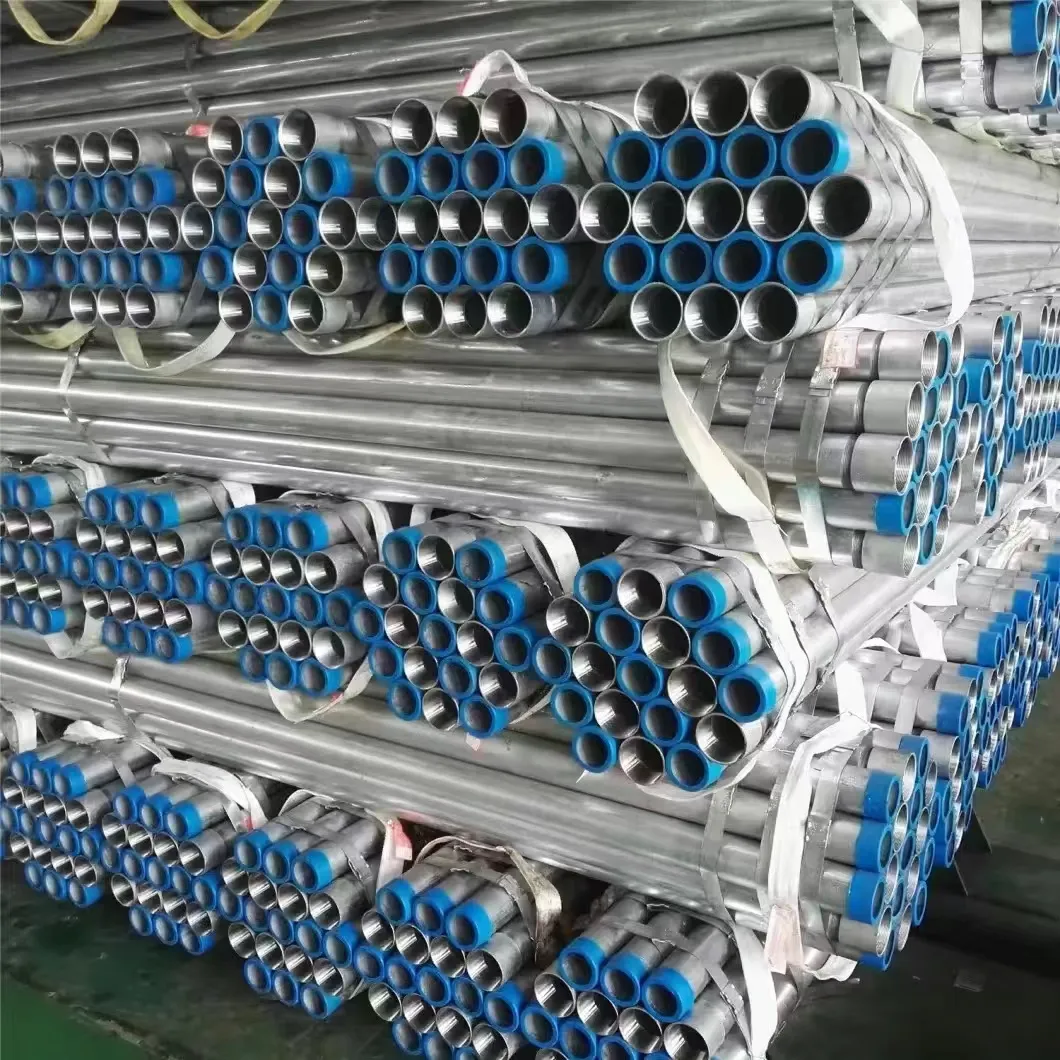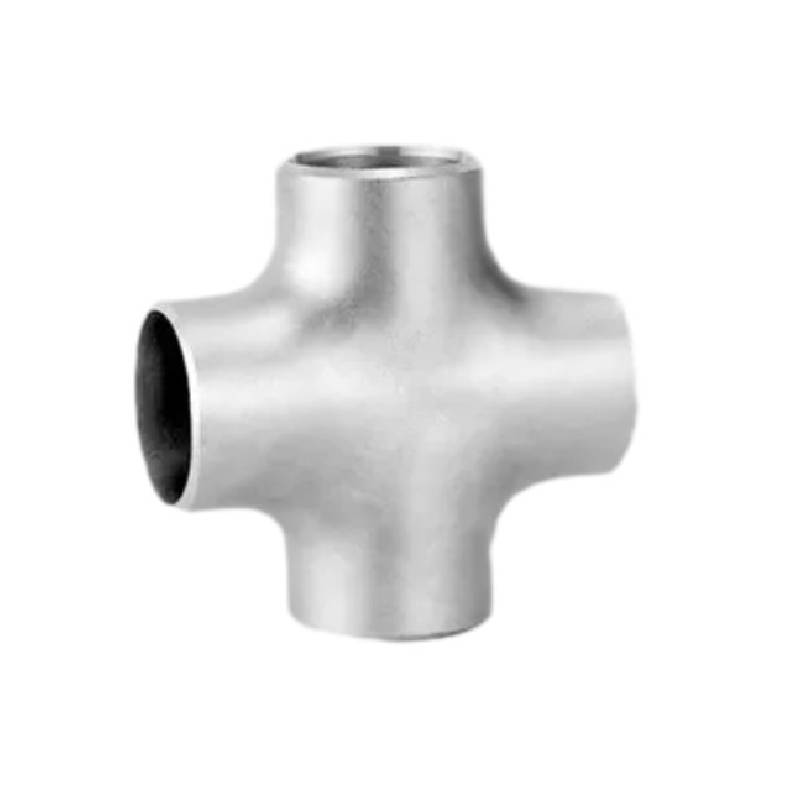-
Cangzhou Yulong Steel Co., Ltd.
-
Phone:
+86 13303177267 -
Email:
admin@ylsteelfittings.com
- English
- Arabic
- Italian
- Spanish
- Portuguese
- German
- kazakh
- Persian
- Greek
- French
- Russian
- Polish
- Thai
- Indonesian
- Vietnamese
- Zulu
- Korean
- Uzbek
- Hindi
- Serbian
- Malay
- Ukrainian
- Gujarati
- Haitian Creole
- hausa
- hawaiian
- Hebrew
- Miao
- Hungarian
- Icelandic
- igbo
- irish
- Japanese
- Javanese
- Kannada
- Khmer
- Rwandese
- Afrikaans
- Albanian
- Amharic
- Armenian
- Azerbaijani
- Basque
- Belarusian
- Bengali
- Bosnian
- Bulgarian
- Catalan
- Cebuano
- China
- China (Taiwan)
- Corsican
- Croatian
- Czech
- Danish
- Esperanto
- Estonian
- Finnish
- Frisian
- Galician
- Georgian
- Kurdish
- Kyrgyz
- Lao
- Latin
- Latvian
- Lithuanian
- Luxembourgish
- Macedonian
- Malgashi
- Malayalam
- Maltese
- Maori
- Marathi
- Mongolian
- Myanmar
- Nepali
- Norwegian
- Norwegian
- Occitan
- Pashto
- Dutch
- Punjabi
- Romanian
- Samoan
- Scottish Gaelic
- Sesotho
- Shona
- Sindhi
- Sinhala
- Slovak
- Slovenian
- Somali
- Sundanese
- Swahili
- Swedish
- Tagalog
- Tajik
- Tamil
- Tatar
- Telugu
- Turkish
- Turkmen
- Urdu
- Uighur
- Welsh
- Bantu
- Yiddish
- Yoruba

Jan . 25, 2025 23:46 Back to list
alloy steel seamless tube
In the realm of industrial manufacturing and engineering, seamless steel tubes hold a pivotal role due to their broad applications, including construction, automotive, and energy sectors. One crucial aspect that manufacturers and consumers meticulously consider is the size of these steel tubes, which directly impacts their performance, regulation adherence, and cost-effectiveness.
Regulatory standards, such as ASTM or International Organization for Standardization (ISO) specifications, provide comprehensive guidelines on dimensions and tolerances for seamless steel tubes. These standards ensure consistency in quality and compatibility across different projects and geographic locations. By strictly adhering to these standards, manufacturers and consumers can mitigate risks associated with poor product performance and safety failures. Advancements in manufacturing technologies have also influenced the availability of seamless steel tube sizes. Innovations such as cold drawing and precision rolling allow for a greater array of size options. These techniques not only diversify size choices but also enhance the material properties, such as increased tensile strength and improved surface finish, adhering to stringent industry demands. These comprehensive considerations underscore the importance of seamless steel tube size in any engineering project. Prioritizing the correct dimension involves balancing application requirements, regulatory standards, and technological advancements. Professionals leveraging vast experience and technical expertise ensure the selection process is both informed and efficient, maximizing performance and sustaining trust with clients and stakeholders. Understanding and selecting the accurate seamless steel tube size is an intricate process that intertwines technical expertise, regulatory knowledge, and practical application comprehension. By navigating these considerations effectively, engineers and manufacturers can bolster the reliability, efficiency, and safety of their projects, fulfilling the intricate demands of modern industrial applications.


Regulatory standards, such as ASTM or International Organization for Standardization (ISO) specifications, provide comprehensive guidelines on dimensions and tolerances for seamless steel tubes. These standards ensure consistency in quality and compatibility across different projects and geographic locations. By strictly adhering to these standards, manufacturers and consumers can mitigate risks associated with poor product performance and safety failures. Advancements in manufacturing technologies have also influenced the availability of seamless steel tube sizes. Innovations such as cold drawing and precision rolling allow for a greater array of size options. These techniques not only diversify size choices but also enhance the material properties, such as increased tensile strength and improved surface finish, adhering to stringent industry demands. These comprehensive considerations underscore the importance of seamless steel tube size in any engineering project. Prioritizing the correct dimension involves balancing application requirements, regulatory standards, and technological advancements. Professionals leveraging vast experience and technical expertise ensure the selection process is both informed and efficient, maximizing performance and sustaining trust with clients and stakeholders. Understanding and selecting the accurate seamless steel tube size is an intricate process that intertwines technical expertise, regulatory knowledge, and practical application comprehension. By navigating these considerations effectively, engineers and manufacturers can bolster the reliability, efficiency, and safety of their projects, fulfilling the intricate demands of modern industrial applications.
Next:
Latest news
-
ANSI 150P SS304 SO FLANGE
NewsFeb.14,2025
-
ASTM A333GR6 STEEL PIPE
NewsJan.20,2025
-
ANSI B16.5 WELDING NECK FLANGE
NewsJan.15,2026
-
ANSI B16.5 SLIP-ON FLANGE
NewsApr.19,2024
-
DIN86044 PLATE FLANGE
NewsApr.19,2024
-
DIN2527 BLIND FLANGE
NewsApr.12,2024
-
JIS B2311 Butt-Welding Fittings LR/SR 45°/90° /180°Seamless/Weld
NewsApr.23,2024
-
DIN2605-2617 Butt-Welding Fittings LR/SR 45°/90°/180° Seamless/Weld
NewsApr.23,2024











